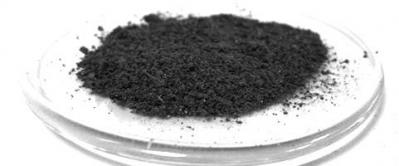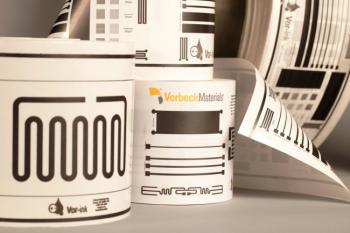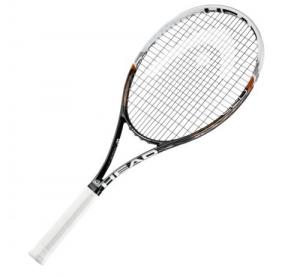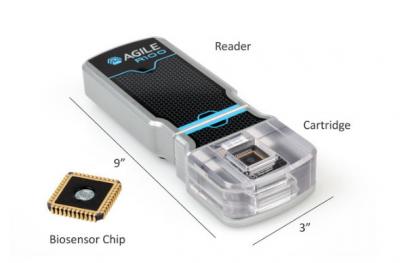What is graphene?
Introduction of Graphene?
Graphene is a one-atom-thick layer of carbon atoms arranged in a hexagonal lattice. It is the building-block of Graphite (which is used, among others things, in pencil tips), but graphene is a remarkable substance on its own - with a multitude of astonishing properties which repeatedly earn it the title “wonder material”.Graphene's main properties:
Graphene is the thinnest material known to man at one atom thick, and also incredibly strong - about 200 times stronger than steel. On top of that, graphene is an excellent conductor of heat and electricity and has interesting light absorption abilities. It is truly a material that could change the world, with unlimited potential for integration in almost any industry.Potential applications:
Graphene is an extremely diverse material, and can be combined with other elements (including gases and metals) to produce different materials with various superior properties. Researchers all over the world continue to constantly investigate and patent graphene to learn its various properties and possible applications, which include:- batteries
- transistors
- computer chips
- energy generation
- DNA sequencing
- water filters
- antennas
- touchscreens (for LCD or OLED displays)
- sollar cells
Graphene is an exciting material that is getting a lot of attention - especially since the 2010 Nobel prize in physics went to Andre Geim and Konstantin Novosolev, who first isolated Graphene in 2004
Production of graphene:
Graphene is indeed very exciting, but producing high quality materials is still a challenge. Dozens of companies around the world are producing different types and grades of graphene materials - ranging from high quality single-layer graphene synthesized using a CVD-based process to graphene flakes produced from graphite in large volumes.
High-end graphene sheets are mostly used in R&D activities or in extreme applications such as sensors, but graphene flakes, produced in large volumes and at lower prices, are adopted in many applications such as sports equipment, consumer electronics, automotive and more.

Graphene products:
Several companies offer graphene and graphene based products. You may check our list of graphene related companies to find a company that offers the products you need.
In December 2011 Vorbeck Materials said that the Siren anti-theft packaging device, which uses their graphene-based Vor-Ink circuitry (shown below) has started shipping - and this was the world's first commercially available product that is based on graphene.

Today there are several more graphene products on the market. The sport industry was an early adopted, and as early as 2013 HEAD started shipping graphene-enhanced tennis rackets (called YouTek Graphene Speed series). Today one can buy graphene-enhanced helmets, ski equipment and even Lacrosse gear.

Graphene has also entered the consumer electronics market - for example Huawei's Mate 20 X smartphone, uses “graphene film cooling technology” for heat management purposes. Another high-profile company that adopts graphene is Ford - which is using graphene-reinforced foam covers for noisy components in its 2019 F-150 and Mustang cars. The graphene is mixed with foam constituents, and the resulting parts are said to be 17% quieter, 20% stronger, and 30% more heat-resistant

An interesting market for graphene is the sensors market. In 2016 for example San Diego-based Nanomedical Diagnostics (now called Cardea) started shipping its graphene-based sensors and the AGILE R100 system which allows for real-time detection of small molecules. The graphene sensor offers faster sample processing, greater accuracy, portability and cost savings.

Labels: education site, science fact, Technology, The World


0 Comments:
Post a Comment
Subscribe to Post Comments [Atom]
<< Home